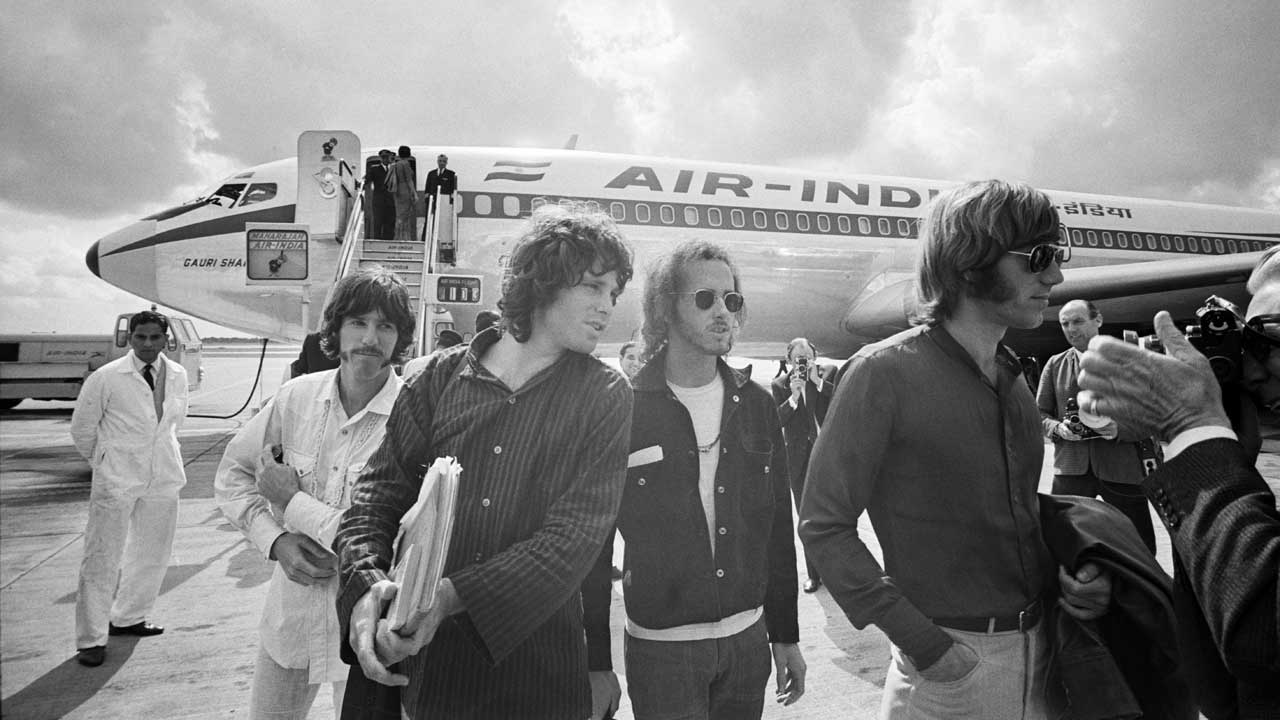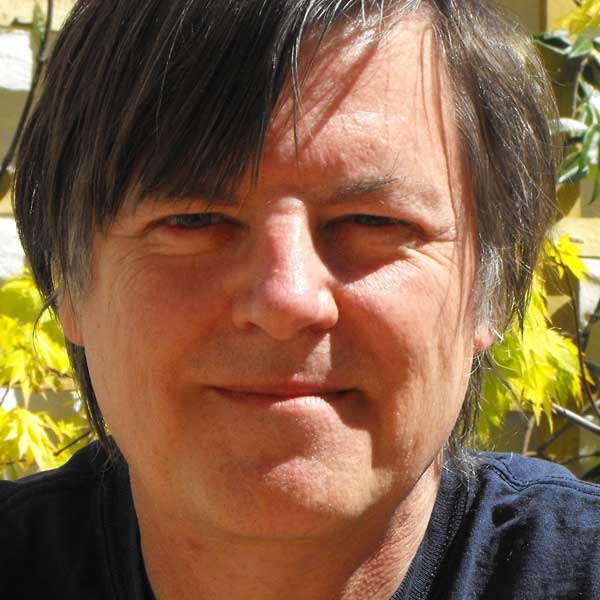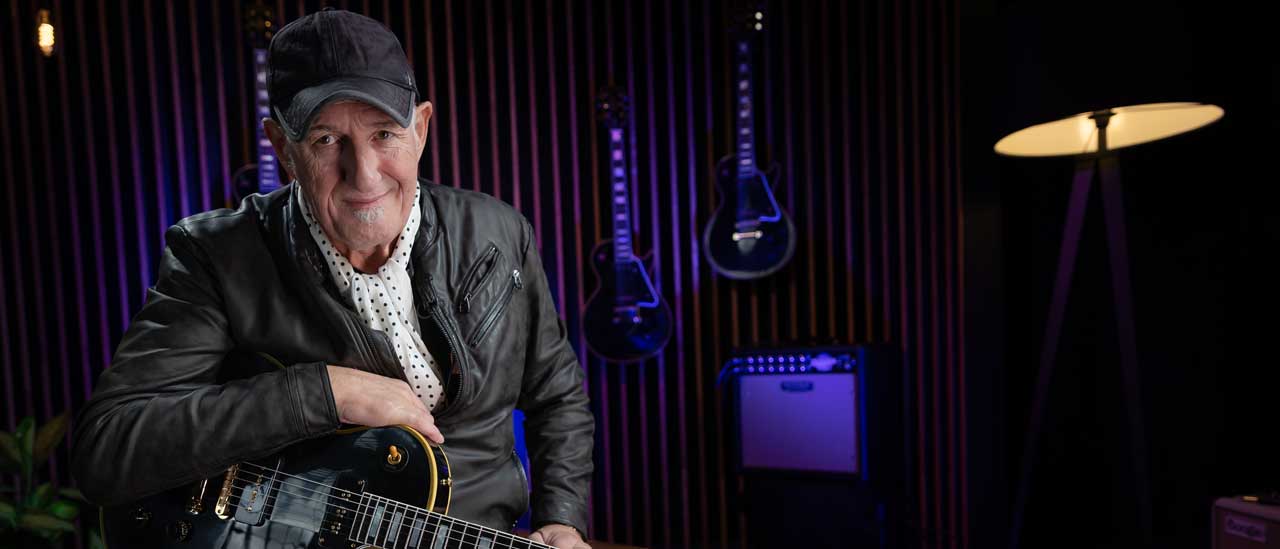The Doors in London: "Jim was enigmatic and almost unbelievably beautiful"
The Doors brought controversy with them when they arrived to play their debut UK gigs, but over two nights at London’s Roundhouse it was their incendiary music that did the talking.

By the time The Doors arrived in London to play their first ever UK shows, on September 6 and 7, 1968, at converted London train shed The Roundhouse, their notoriety was reaching its peak in the US. The band’s arrival in Britain was greeted by howls of protest, not least by moral campaigner Mary Whitehouse. “The Doors, who are a political extremist organisation, are now in England,” she wrote in a telegram to the Chief Superintendent of the Special Branch.
But for the capital’s hip elite it was a chance to see just what the fuss was all about. The Roundhouse bill (for two shows on two nights) was bolstered by co-headliners and fellow West Coast psychedelic ambassadors Jefferson Airplane, plus The Crazy World Of Arthur Brown, Terry Reid, Blossom Toes and Blonde On Blonde.
The Who, Traffic, Cream and A-list movie couple Terence Stamp and Julie Christie were out representing the capital’s music and film royalty, while Granada TV sent along their cameras to film proceedings for a documentary, The Doors Are Open.

Joss Mullinger (audience): I was a public schoolboy at Christ’s Hospital in Sussex. I was seventeen, and my friends and I were mad about The Doors. Polydor Records in London was distributing Elektra, so I’d written to them in early 1968 and they sent us monthly newsletters, which is how I knew about the Doors shows.
Jorma Kaukonen (guitarist, Jefferson Airplane): Even the physical configuration of The Roundhouse – a circular building – was unusual, different and very cool. For us, coming from the West Coast, there was a Mecca aspect to coming to London. It was very exciting to be there, not just because of The Beatles and the Stones but because of the whole scene.
Clive Selwood (general manager, Elektra Records UK): The Doors arrived red-eyed from an overnight flight from the US and were met by the Granada team, who stuck cameras and microphones in their faces and asked them to identify themselves as they stepped off the plane. Ray was quiet and studious, Robby was so shy that he appeared stoned and inarticulate, John was slick and looking for aggravation, and Jim was enigmatic and almost unbelievably beautiful.
Arthur Brown: We had played with both The Doors and Jefferson Airplane in America, which meant we already had a connection. [The Crazy World’s co-manager] Kit Lambert engineered a meeting between me and Jim Morrison in La Chaisse club in Soho a couple of days before the gigs. It was a strange meeting. Lambert bought us both drinks, then we stood at the bar in silence for about twenty minutes until Jim noticed something playing on the radio. He asked me: “Who’s that on the radio?” And I replied: “I dunno.” That was the total extent of our communication.
Sign up below to get the latest from Classic Rock, plus exclusive special offers, direct to your inbox!
Mick Houghton (audience member): We had tickets for the second show on the first night. It’s worth remembering that neither The Doors or Jefferson Airplane were considered huge bands here. Neither of them had had major hit singles here.
John Sheppard (director of Granada TV documentary The Doors Are Open): Morrison was in a thoroughly pissed-off mood. The rest of the band were staying at the Royal Lancaster, he and his girlfriend had their own flat in Eaton Square. And he had already missed the soundcheck.
Grace Slick (vocalist, Jefferson Airplane): I remember talking to Jim backstage… he was so high I had no idea what he was talking about. I asked him a routine question and he’d say something like: “The green mountain has a great dawn coming.” I don’t know how conscious he was of what he was doing, but he used himself as a lab rat. He was on a mission to see how far you can take the human mind… where it will go if you push it with chemicals.
Caroline Coon (founder, drugs charity Release): We had an office in situ at the gigs over those two days, to help kids who had problems with drugs. We were getting one per cent or two per cent of the ticket price from the promoters, Middle Earth, to cover our costs, so we took part in all the discussions about how the gigs would be managed. The two bands were very competitive.
Robby Krieger (guitarist, The Doors): We always had a kind of running battle with The Jefferson Airplane because we were both California groups and it was a kinda rivalry.
Jim Cregan (guitarist, Blossom Toes): We shared a dressing room with The Doors and I remember there was a fuss about who was going to headline.
Ray Manzarek (keyboard player, The Doors): “We’re gonna go on first…” “No, you’re gonna go…” “We’re biggest…” “No, we’re bigger…” We tossed it around back and forth.
Caroline Coon: I remember being in the room for that light-bulb moment when it was suggested that they could maybe share top billing – one band one day, the other the next.
Derek Grant (reviewer, NME): The audience, over two thousand of them, had been sitting patiently since seven-thirty, and they had to wait a further two hours before the action began. The stage darkened and the audience cheered as dim figures appeared and took up positions behind drums, organ and on guitar. The stage lights went up as John Densmore, Ray Manzarek and Robby Krieger launched into Back Door Man to herald the arrival of The Doors’ frontman, Jim Morrison. He walked majestically on stage clad in a tight black leather suit, white shirt and brown shoes.
Brian Godding (guitar/vocals, Blossom Toes): The really impressive revelation was the sound system they brought over. It was light years ahead of what was available over here. It was all Acoustic amplification with JBL speakers, which sounded like a giant hi-fi system, really clear. For what they were doing – pretty minimalistic and dramatic – it worked so well.
Ray Manzarek: We’d heard a lot about you wild people over here and we thought we were coming to a hotbed of primitive ecstasy, and we were quite surprised… “Wait a minute, this is the crazy English audience we’ve been hearing about in California?” Everyone was very reserved, very proper and very correct. But it was a great show.
Arthur Brown: I remember Morrison, standing alone in the light, dressed entirely in black leather, performing The Celebration Of The Lizard. That was a revolutionary way for a rock artist to perform. It was more like a leading poet coming out and reading his poetry but with a rock beat behind it. He didn’t dance, he just writhed around in a snake-like way. It was quite stunning.
Ray Manzarek: A lot of people thought he got electrocuted. I dropped the amplifier top to make a loud gunshot, and people swore he was electrocuted.
Brian Godding: The Doors’ music was very minimal. Their keyboardist, Ray Manzarek, stood out because they didn’t have a bass player, so he was playing bass runs on the organ at the same time as playing his main parts.
John Sheppard: Round about midnight, the chief engineer came to me after we’d finished and said that we had a fault on video and that the whole of Friday night was lost.
Mick Houghton: Me and my friends were still queuing up at two in the morning to get in. We formed an orderly queue and stood there patiently for two hours. I was more interested in seeing Jefferson Airplane, but I remember their set being pretty shambolic. Everything I liked about them – the vocal harmonies, Grace Slick’s pitch-perfect voice, the balance of acoustic and electric guitars – none of that was done well live.
John Tobler (journalist): The Doors came back for their second set at about four o’clock in the morning, by which time all the cameramen were home in bed. Without the cameras there was a noticeable drop in aggravation, and the group played a superb set.
Jim Morrison: The reason why the second sets were much more exciting both nights was the presence of the TV crews on stage and in the hall [for each night’s first set]. It’s that voyeurism thing. It introduces an objective element that turns people off to a real communion.
Joss Mullinger (audience): Me and two of my friends went to the second night, the Saturday. We had to sit outside for ages. I took a couple of photographs outside which show all the people waiting. Finally we made our way up those rickety stairs to the door. I remember it as a vast, cavernous space, a barn of a place, very rudimentary, with great big white sheets hanging round the stage.
John Sheppard: When we [Granada camera crew] arrived at The Roundhouse it was all sweetness and light. Maybe someone had had a talk with Morrison, I don’t know. Anyway, come the Saturday evening I was ready to do it right, the crew were up to the mark and The Doors played a fantastic set.
Jim Morrison: The audience was one of the best we’ve ever had. In the States they’re there to enjoy themselves as much as they come to hear you. But at The Roundhouse they were there to listen. It was like going back to the roots. It stimulated us. They took me by surprise, because I expected them to be a little resistant, a little reserved, but they were fantastic. It was probably the most informed, receptive audience I’ve ever seen in my life. I think I enjoyed The Roundhouse more than any other date for years.
Johnny is a music journalist, author and archivist of forty years experience. In the UK alone, he has written for Smash Hits, Q, Mojo, The Sunday Times, Radio Times, Classic Rock, HiFi News and more. His website Musicdayz is the world’s largest archive of fully searchable chronologically-organised rock music facts, often enhanced by features about those facts. He has interviewed three of the four Beatles, all of Abba and been nursed through a bad attack of food poisoning on a tour bus in South America by Robert Smith of The Cure.

